I am driving a load at 40 V, 4.8 A, and would like to dynamically change the voltage being supplied to it, ideally creating a 2-40 V range with increments of <0.1 V. To achieve this, I am thinking to use a buck-converter [like this 60v-10a one], and adjusting one of it's feedback resistors using a digital potentiometer, thus changing its output voltage to go between 2-40 V.
Are there any concerns with this method, or better yet, is there a better way to achieve this output? I have limited experience with buck-converters, and I am not seeing any references online for a system like this. All references use a constant output voltage/current to design around.
For more context, the load is a peltier heating/cooling module. I have previously driven these using a low-frequency PWM, which works but a) leads to small temperature fluctuations, and b) that constant cycling on/off will most likely greatly reduce the peltier's lifetime.

